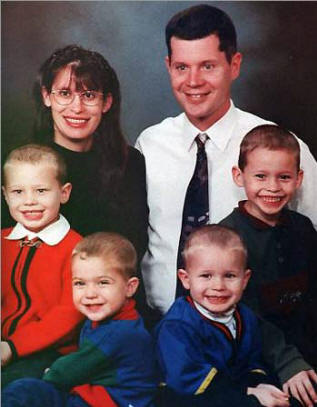Question: I recently saw a special on deep tissue stimulation for OCD. It worked in this patient. How does deep tissue stimulation work? – Lea
Answer: I have not seen anything about that. However, I recommend the Brain Lock technique to all my OCD patients – preferably to listen to the audio tape version of the book.
In the book Dr. Schwartz describes a cognitive behavioral technique used in a successful study done at UCLA. The most important step in the technique is to shift your focus to something else. At any given moment your focus is in your mind, in the environment, or in your body. When stuck in obsessive thoughts or compulsive rituals, you need to shift focus.
- In your mind: thinking about something else or visualizing.
- To the environment: listening to music, watching a movie, playing a video game
- Into your body: exercising, yoga, etc.
Deep tissue stimulation at the least would help shift focus to the body. If combined with breathing or other relaxation techniques, it could also facilitate a shift into a more relaxed state of brain activity (alpha rhythm – slower and bigger waves than the usual beta activity of the awake state). In the alpha state, the mind is more creative and not distressed which facilitates more positive thinking and imaging. The same state can be achieved through long aerobic activity like running or meditation.
So, I can see where deep tissue stimulation could be useful for anyone with stress overload symptoms. The problem that I would expect to see is that it works that day and the benefit lasts for awhile, but next week or next month, significant symptoms may return and deep tissue stimulation may not be available or feasible.


